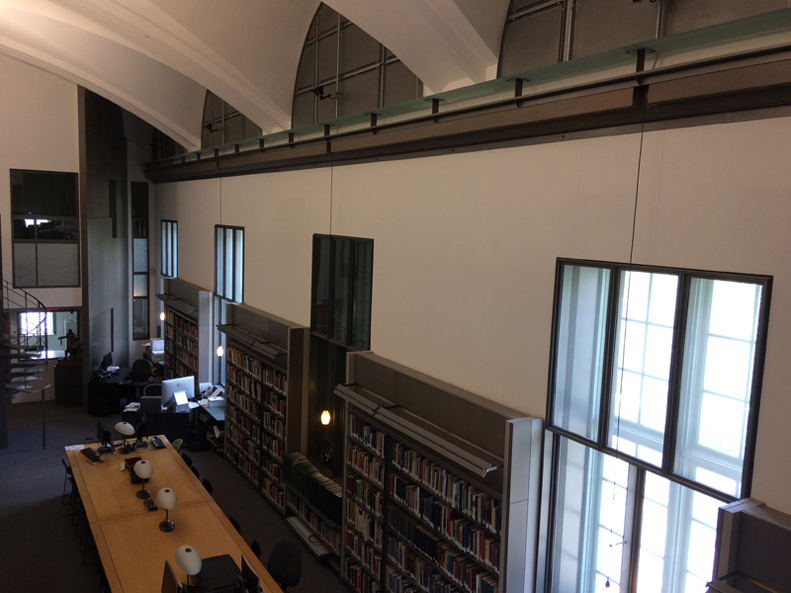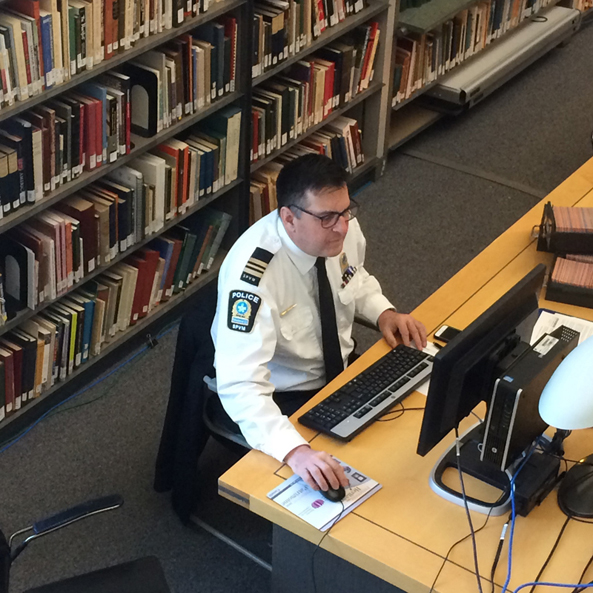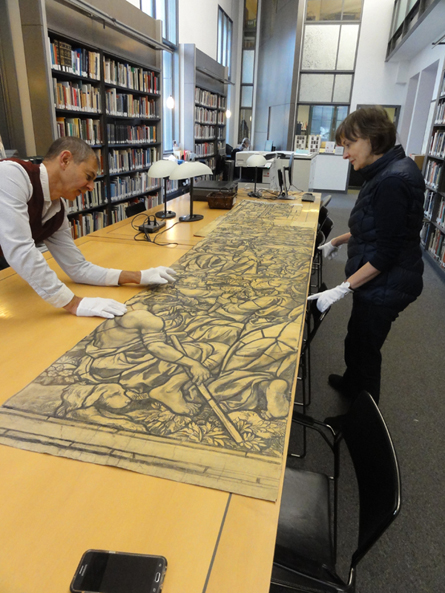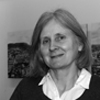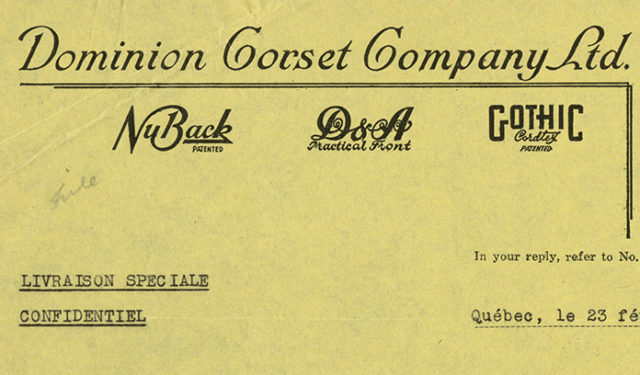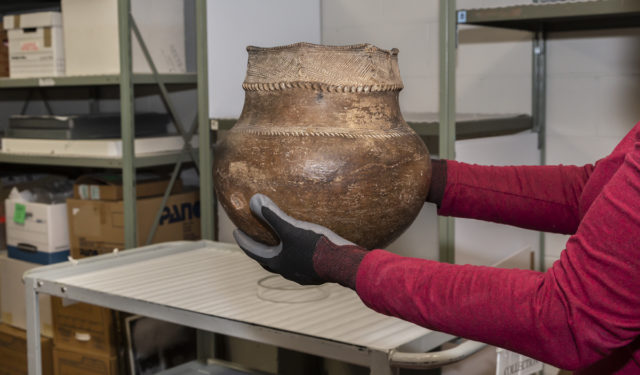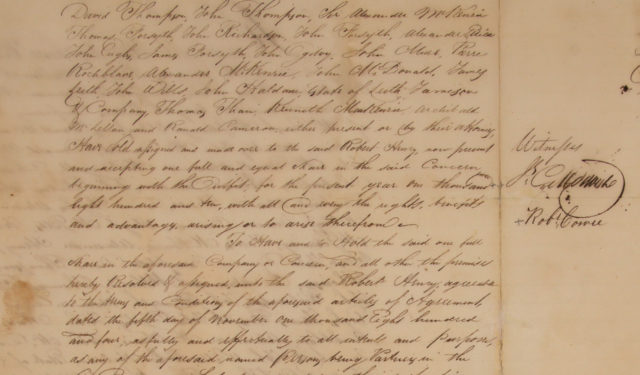Rarely a dull day in the archives
The Museum's Archives and Documentation Centre welcomes researchers of all types, who bring a variety of approaches to their myriad discoveries.
June 7, 2020
There is very rarely a dull day in the Archives and Documentation Centre, and this is just one of the reasons why I consider myself incredibly lucky to work here. The CAD, as it is also known, is a comfortable, book-lined research space and library, located on the third floor of the McCord Museum pavilion. The high ceiling is a reminder that the space used to be the ballroom of McGill’s Student Union.
Researchers generally visit the CAD after using the McCord’s website to identify the materials they wish to consult. Others, however, will visit the Centre in order to find information and objects using The Museum System (popularly called TMS), the McCord Stewart Museum’s powerful internal database. TMS contains additional records, data and pictures that are not yet accessible via our website.
With each visit, the particular point of view of the visitor, shaped by his or her research interests, passions, and experiences, serves to uncover and illuminate new and different aspects of our collections. The opportunity to experience this diversity and variety of approaches is what makes the CAD such a stimulating place to work.
In the past year, researchers have explored photographic subjects as varied as Expos baseball players, the mining towns of Asbestos and Schefferville, and stereoscopic views of Quebec. Visitors to the textual archives have explored subjects from early 19th-century children’s schoolwork, to maple syrup production, and the building of the Rideau Canal.
Graduate students and their professors are the most frequent users of the McCord’s archival and photographic material. There are also, however, a number of genealogical researchers who come in to examine family documents and look for photographic portraits related to family members in the renowned Notman Photographic Archives.
Other visitors include artists and authors looking for inspiration and historical information through our internal database (TMS) or in the specialized books of our library. We even had a member of the police department visit, looking for old photographs of Montreal’s police chiefs. While the majority of our visitors are from in and around Montreal, we regularly welcome researchers from across Canada, the United States, and abroad.
It is always exciting for me to see how researchers examine familiar archival material in unexpected ways. For example, detailed 19th-century diary references to Montreal’s daily weather conditions and temperature are of considerable scholarly interest to a geographer researching historical climate conditions.
It is also very rewarding to be present when researchers are able to make a significant discovery on their visit to the CAD. A memorable moment was when Reverend Neil Whitehouse and Louise Yard were able to determine that a large, unsigned stained glass window in Westmount Park United Church was created by Charles William Kelsey. By comparing our life-sized drawing, carefully unrolled on the research tables, with photographs they had taken of their window, they confirmed that all the windows in the church were by Kelsey.
Confinement due to COVID-19 has meant that the CAD is closed for now. Working from home, I am able to dig into our database and provide some answers to the research questions we are still receiving regularly by email and phone. In this way, the Museum is still able to help out with the process of researching and writing about historical matters.
I do look forward to the near future, however, when we can invite people into the CAD once again, to continue making their historical discoveries!


